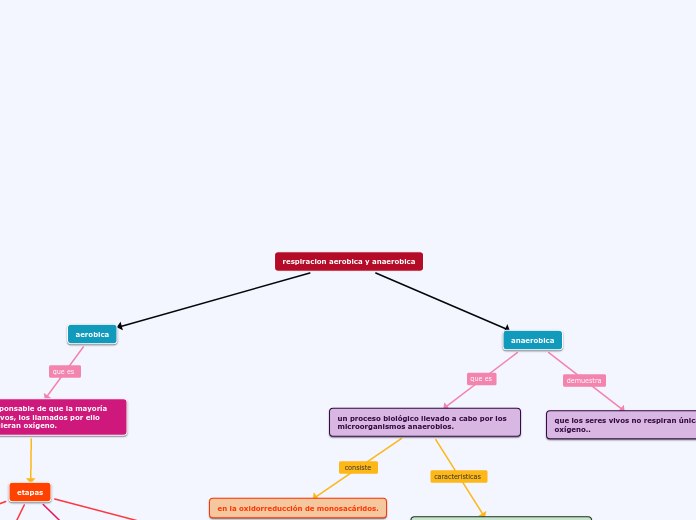SISTEMA RESPIRATORIO,
bajo la percepción de la
Ingeniería Biomédica
To name your story, you have to think about the overall message and what you want your audience to understand from the story. Also, make it relevant and easy to remember.
Aplicación
Ingeniería biomédica
Desarrollo
tecnológico
Vacuna
Actualmente
hay 3 que
prometen buenos
resultados
Moderna Inc.
mRNA-1273
Estadounidense
Eficacia media: 94%
Pfizer/BioNTech
BNT162
Estadounidense
Eficacia media: > 90%
La empresa británica
AstraZeneca, asociada
con la universidad de Oxford
Eficacia
media: 70%
Respiradores
mecánicos
En pandemia por
COVID-19
Han sido de vital importancia debido a que
son esenciales en el tratamiento para pacientes
críticos afectados por el virus SARS-CoV2
Tiempo de utilización
De acuerdo el paciente, puede ser por
horas, semanas días o años dependiendo
la patología del paciente
Son necesarios cuando
una persona no logra
respirar por si mismo.
Complicaciones
Fallas en desechos
en la mucosidad
Infecciones
pulmonares
Afectación del COVID
The ending of a story is essential. We all know that if the ending is weak, what happened before loses its importance. So make it unpredictable, but fair. A resolved ending answers all the questions and ties up any loose threads from the plot.
Origen de Sars-Cov2
Origen animal
Murciélago
En ciudad de Wuhan/China
Propagación
del virus
This is the closure section of the story.
See examples of possible outcomes below:
- all problems have been solved
- it's clear how each one of your characters ends up
- your main character is transformed by the challenge
Unas células infectan a las células vecinas, el virus
produce inflamación y destrucción de los alveolos, afectando en gran medida el proceso de respiración.
Try answering these questions in order for you to come up with a closure:
- Have all problems been solved?
- Is it clear what happens with all your characters in the story?
- Has the challenged transformed your main character?
- How do the characters feel in the end?
Alojamiento del
SARS-COV2
This is the moment when the main character surpasses the last obstacle and finally faces their greatest challenge.
The climax usually follows one of these patterns:
- realization
- resolution
- choice
Type in your answer.
En pulmones
(grave)
Mediante proteína ACE2
puede entrar a las células
En pacientes con patologías como
neumonía esta proteína es más
abundante, y por ello representa
mayor riesgo a estos pacientes
En nariz y garganta
(leve)
Se adhiere a las paredes y allí puede ser destruído o
transportado a los pulmones
Fisiología
The middle of the story is where you add layers of complications that will lead to the end. Reveal more about the character's journey. Did their personality go through changes? How did they overcome the challenges? And as you build up the story’s central conflict, make it more personal to that character. Also, from the middle act, you have to lead into the final act.
Expiración
Salida de desechos y CO2
Inspiración
Each story has a main character and that character usually needs to solve a problem or challenge. The character's challenge is the one that creates tension throughout the story.
Introducir aire a los pulmones
Anatomía
In the beginning of the story (or the exposition), you will need to introduce the setting and characters. You might also want to introduce the main conflict. This part of the story is important because it gives the reader necessary background information and maybe even a first insight into a character’s personality.
Vía aéreas inferiores
The setting (time & place) of a story can change throughout the plot.
Sistema alveolar
Intercambio de
oxígeno y dióxido
de carbono
Árbol bronquial
Llevar aire hacía
alveolos
Traquea
permitir el intercambio
de aire entre el pulmón
y el exterior.
Laringe
Contiene cuerdas
vocales, fonación
Vías aéreas superiores
Characters are essential to a good story. Usually, the protagonist(s) is/are the most affected by the plot. Introduce a character by focusing on their actions, interests, and occupation, as the physical appearance doesn't make a difference in most cases.
Faringe
Conduce el aire
hacía la laringe
Nariz
Type in the name of your character.
Filtra el aire
What is your character's main goal?
fight Evilfind lovedefeat his/her enemyrule the worldmake friendstime travelmake an awesome discoveryOther
Humedece el aire
Which traits best describe the character's personality? Choose more if necessary:
introvertedloyalkindindependentquick-thinkingadventuresomeidealisticsweet-naturedcalmrisk-takercreativewittystrictfussyweirdclumsyharshaggressivecarelessclingingcowardlycrueldeceitfulimpulsiveOther
Calienta el aire
Choose the type of your chacter:
Protagonist (main character)Antagonist (main character's opponent)Flat (stereotypical character)Round (his/ her personality develops throughout the story)Static (doesn't evolve as a person throughout the story)Dynamic (dramatical change in personality)Confidant (the main character trusts him/ her)Foil (contrasting character who enhances the personality of another character)Other










